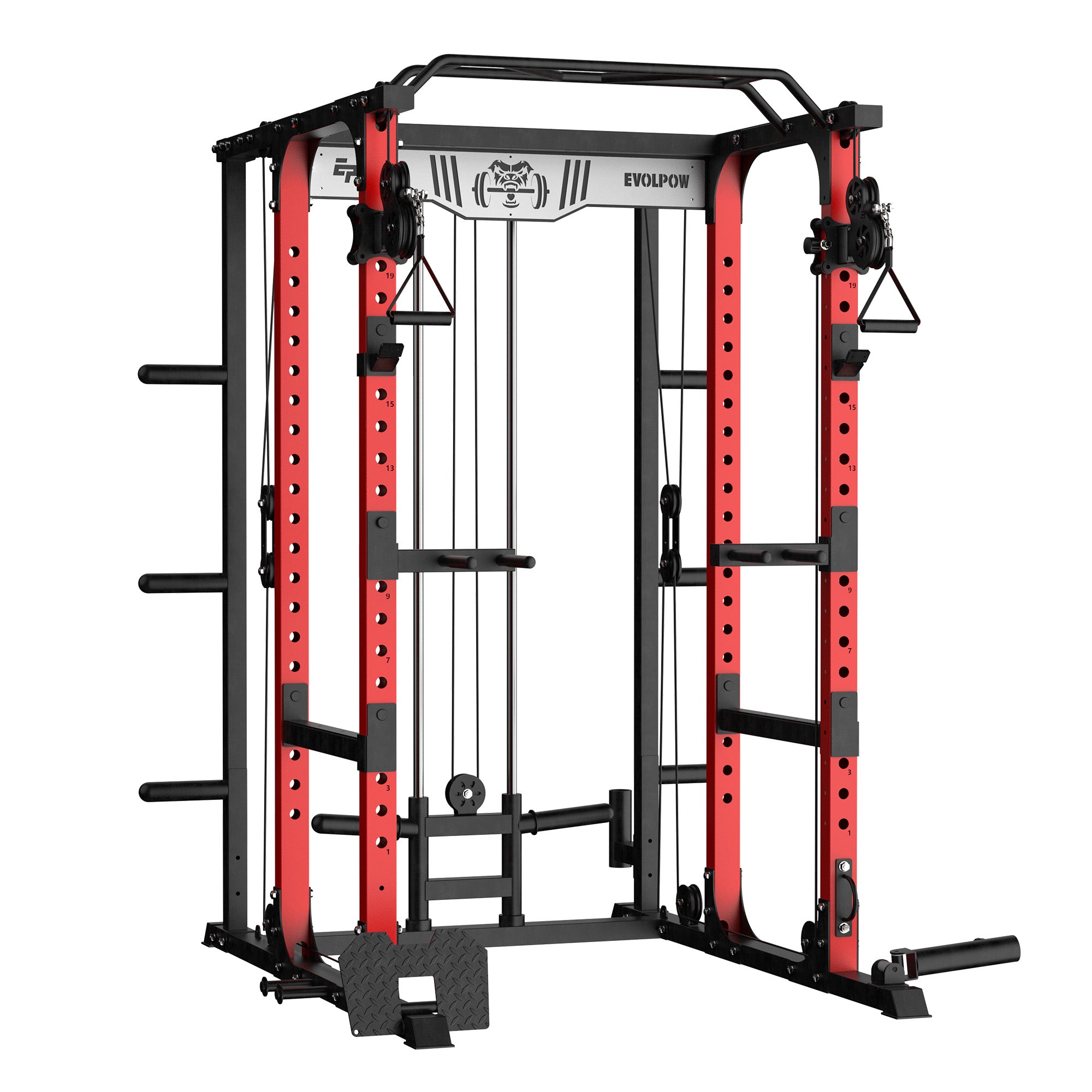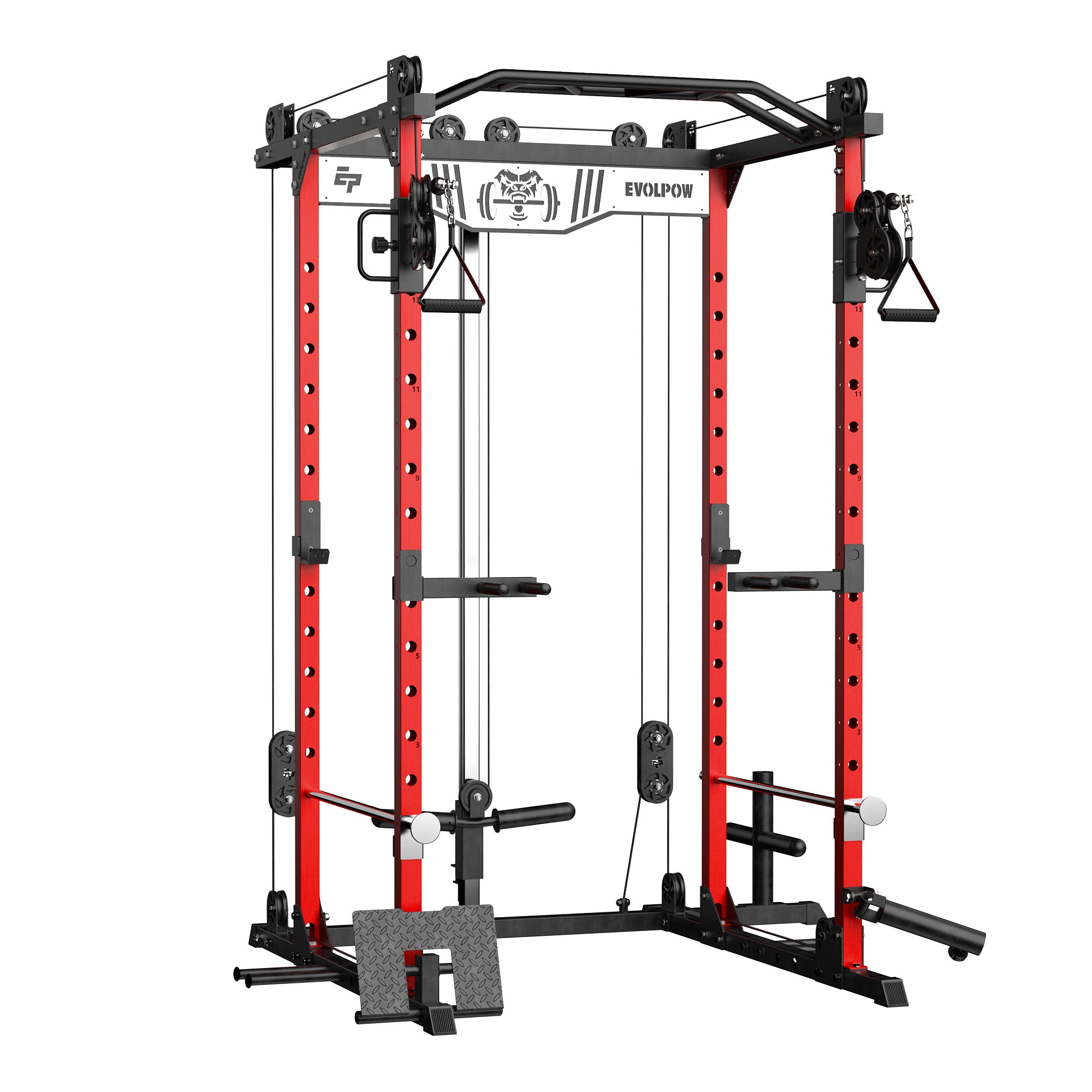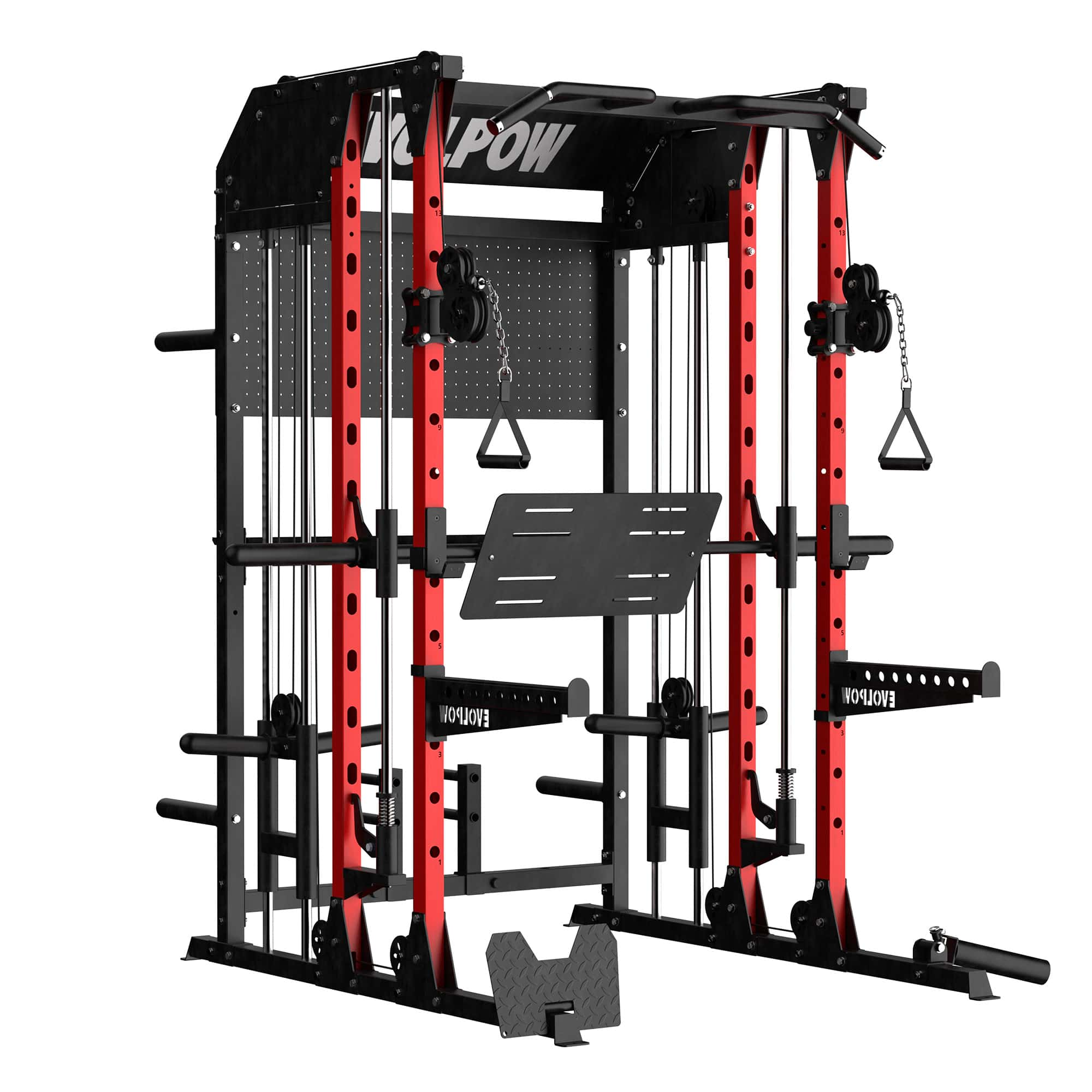As individuals age, the decline in physical functions becomes inevitable, yet this does not signify an abandonment of exercise. Quite the contrary, appropriate physical activity holds utmost significance for seniors. Exercise for seniors offers multiple benefits: improved healing, disease prevention, balance enhancement, better quality of life, and longer lifespan. Regular, moderate exercise can reduce healing time, prevent chronic diseases, prevent falls, and alleviate depression. Strength training, including free-weight training, plays a crucial role in maintaining muscle mass and bone density, thus aiding in the prevention of frailty and osteoporosis.
It is, therefore, crucial to tailor a suitable exercise plan for seniors, considering their physical condition, interests, and athletic abilities. This article aims to provide a comprehensive guide on how to create such an exercise plan for seniors, incorporating various forms of exercise, including weight training, to promote optimal health and well-being.
Content
- Choosing Appropriate Exercises for Seniors
- Monitoring Progress and Making Adjustments
- Conclusion
Choosing Appropriate Exercises for Seniors
When selecting exercises for seniors, it's imperative to consider their physical condition, health status, and personal preferences. Here are some key types of exercises to consider:
- Aerobic Exercises
Aerobic exercises are essential for seniors to maintain cardiovascular health. These exercises increase heart rate and breathing, improving oxygen delivery to the body's cells. Walking, cycling, swimming, and low-impact aerobics are excellent choices for seniors as they are gentle on joints and provide significant health benefits.

- Strength Training
Strength training helps seniors maintain muscle mass, bone density, and balance. It also supports joint health and reduces the risk of falls. Lightweight training with dumbbells, resistance bands, or bodyweight exercises can be highly effective for seniors. These activities should be performed with caution, focusing on form and avoiding excessive weight or repetitions.

- Flexibility Exercises
Flexibility exercises are crucial for maintaining range of motion and reducing stiffness in joints. Yoga, tai chi, Pilates and stretching routines, performed on an exercise mat, can help seniors improve their flexibility, balance, and overall well-being. These exercises often have a calming effect, reducing stress and anxiety.

- Neuromuscular Training
Neuromuscular training focuses on improving balance, coordination, and reaction time. It's essential for seniors to prevent falls and maintain independence. Activities like standing on one leg, walking heel-to-toe, and performing balance exercises with a stability ball can help seniors improve their neuromuscular function.

By combining these different types of exercises, seniors can create a comprehensive exercise plan that addresses their specific needs and preferences. It's important to consult with a healthcare provider before starting any exercise program to ensure it's safe and suitable for the individual.
Monitoring Progress and Making Adjustments
- Tracking Improvements
Tracking improvements involves regularly evaluating key health indicators and performance metrics. This can include changes in body composition, such as weight loss or muscle gain, as well as improvements in cardiovascular health, flexibility, and neuromuscular function.
To effectively track progress, seniors can use a variety of tools and methods. For instance, they can record their heart rate, blood pressure, and respiratory rate before and after each exercise session. Additionally, they can measure their body weight, body fat percentage, and muscle mass using scales or body composition analyzers. Functional assessments, such as balance tests or gait analysis, can also provide valuable insights into the senior's overall performance.
- Recognizing Signs of Overexertion or Injury
It's essential for seniors to be able to recognize the signs of overexertion or injury to avoid potential health complications. Common symptoms to watch out for include excessive fatigue, joint pain, muscle soreness, and difficulty breathing. Seniors should also pay attention to any changes in their normal exercise performance, such as a sudden decrease in endurance or range of motion.
If any of these symptoms arise, it's important to take appropriate action. This might involve resting for a few days, reducing the intensity or duration of the exercises, or seeking professional medical advice.

- Modifying the Plan as Needed
As seniors progress through their exercise plan, it's inevitable that some adjustments will need to be made. Modifications may be necessary due to changes in physical condition, preferences, or the emergence of any health concerns. Therefore, it's important to have a flexible and adaptive approach to the exercise plan.
In some cases, modifications may require the involvement of a healthcare provider or fitness professional. They can provide valuable guidance and expertise in creating a personalized plan that meets the senior's unique needs and goals.
Conclusion
Creating an exercise plan tailored for seniors emphasizes the importance of selecting suitable exercises, combining aerobic, strength, flexibility, and neuromuscular training to enhance physical health, mobility, and quality of life. Ongoing monitoring, flexibility in adjustments, tracking improvements, vigilance for overexertion/injury signs, and personalized care are crucial for safety, effectiveness, and sustainability. Seniors, with the right guidance and support, can embark on a fulfilling path to a healthier, more active lifestyle, maximizing their golden years.
Q&A
Q: What is the best exercise routine for seniors?
A: If you're aiming to establish a regular exercise routine, it's ideal to incorporate 150 minutes of moderate endurance activities weekly. This encompasses walking, swimming, cycling, along with daily sessions to enhance strength, flexibility, and balance.
Q: How many times a week should seniors lift weights?
A: Twice-a-week strength training appears to be highly productive for developing strength in men and women over the age of 50.
References
https://www.asccare.com/importance-exercise-seniors/
https://us.humankinetics.com/blogs/excerpt/training-frequency-requirements-for-older-adults
https://www.healthline.com/health/everyday-fitness/senior-workouts
https://morelifehealth.com/articles/regaining-flexibility-guide#2
https://www.ahajournals.org/doi/10.1161/hc3901.095960






